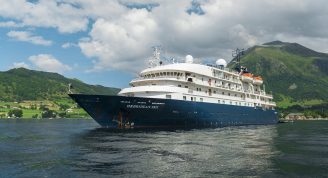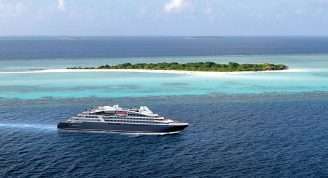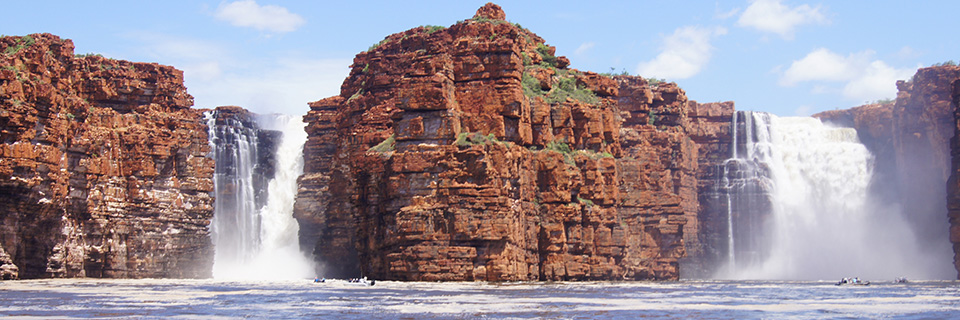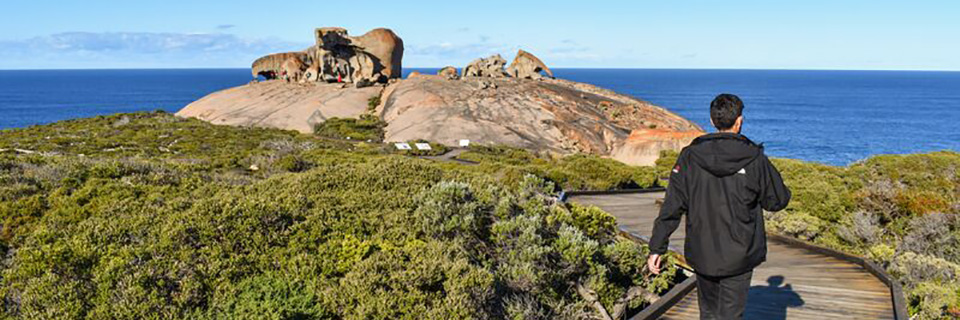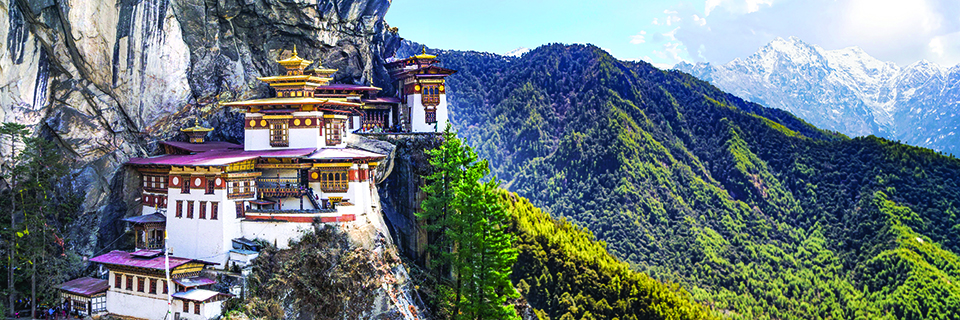Description
Isolated in the Indian Ocean and the only mid-ocean islands of granite formation to be found on earth, the Seychelles archipelago is often mentioned in the same breath as the lost ‘Garden of Eden.’ The highest peaks of a submerged mountain range that broke apart from the supercontinent of Gondwana millions of years ago, the Seychelles’ inner islands are the most ancient islands on earth – no other mid-ocean isles of granite formation can be found anywhere else.
This curious geological feature was one of several curiosities about the islands that led the famed British General, Charles Gordon, to declare Seychelles the site of the biblical Garden of Eden. Situated some 1,500 kilometers east of mainland Africa, and northeast of the island of Madagascar, this tiny island group boasts a population of just 90,000 inhabitants, with a warm, tropical climate all year-round and some of the most stunningly beautiful beaches in the world.
Mahé, the largest island, is home to the majority of the population and represents the archipelago’s commercial and transportation hub, with the country’s only international airport linking the islands to the rest of the globe. The island is characterised by its towering granite peaks, lush mist forests and dozens of striking coves and beaches. The second largest island, Praslin, is home to the legendary Vallée de Mai, the UNESCO World Heritage Site where the Coco de Mer grows in abundance. This double coconut, which curiously resembles the shape of a woman’s pelvis, was another facet of General Gordon’s theory about Seychelles as the Garden of Eden – he believed it to be the real forbidden fruit. La Digue, the third-most populous island, moves at an even slower pace: bicycles remain the most common mode of transportation, for both its residents and visiting tourists.
The huge granite boulders that adorn the coastline at Anse Source D’Argent have led some to believe that it could very well be the most photographed beach in the world. While Mahé, Praslin and La Digue may be the principal islands, dozens of smaller ‘satellite’ isles nearby offer further opportunity to explore and admire.
Every island has a character and charm all of its own, with colorful individual histories and unique natural features, some with steep granite cliffs and others comprising pristine coral atolls. Together, they make up a surprisingly diverse destination of great natural beauty, rare flora and fauna that have been cocooned in isolation for millions of years, and a friendly multi-cultural people eager to welcome you to their shores.



